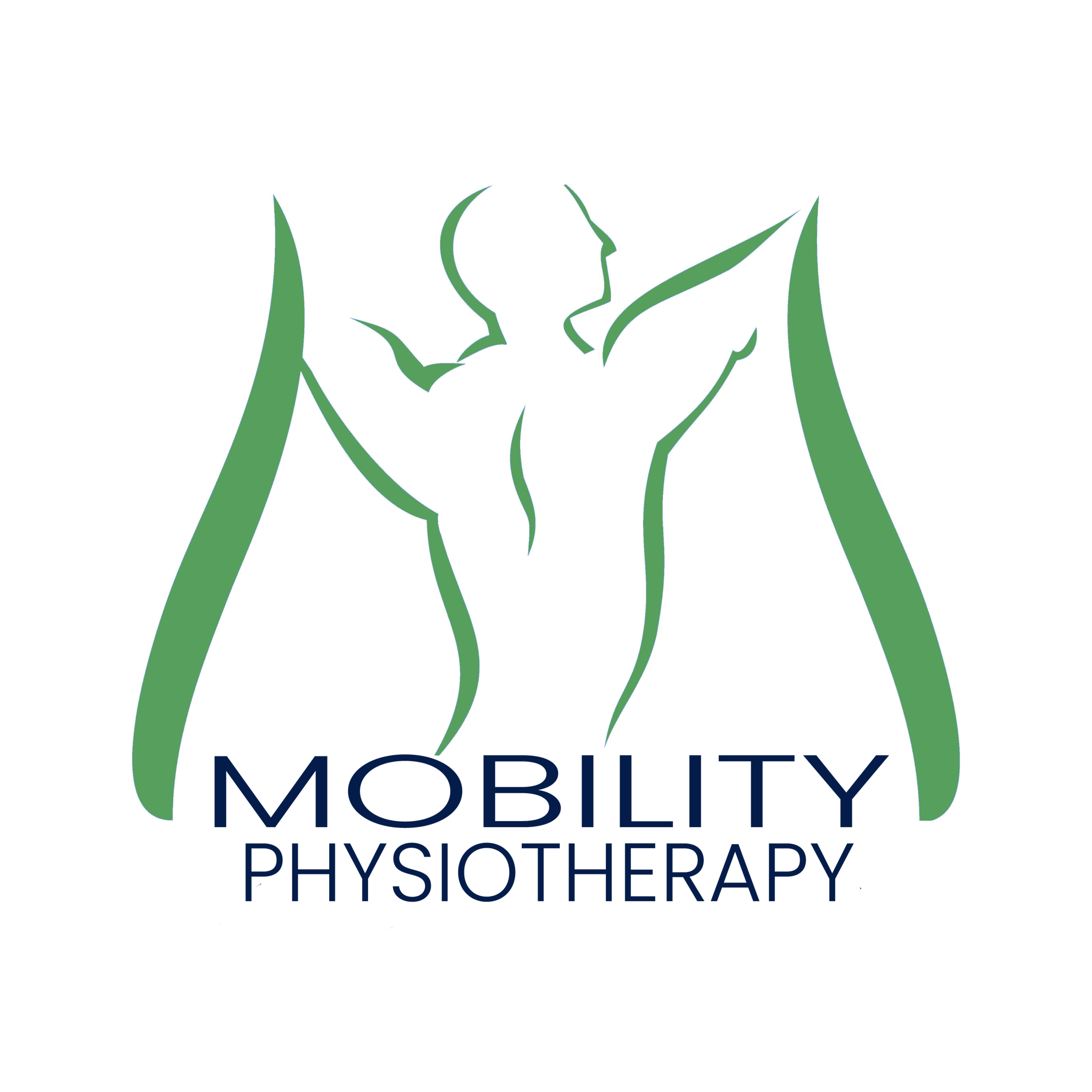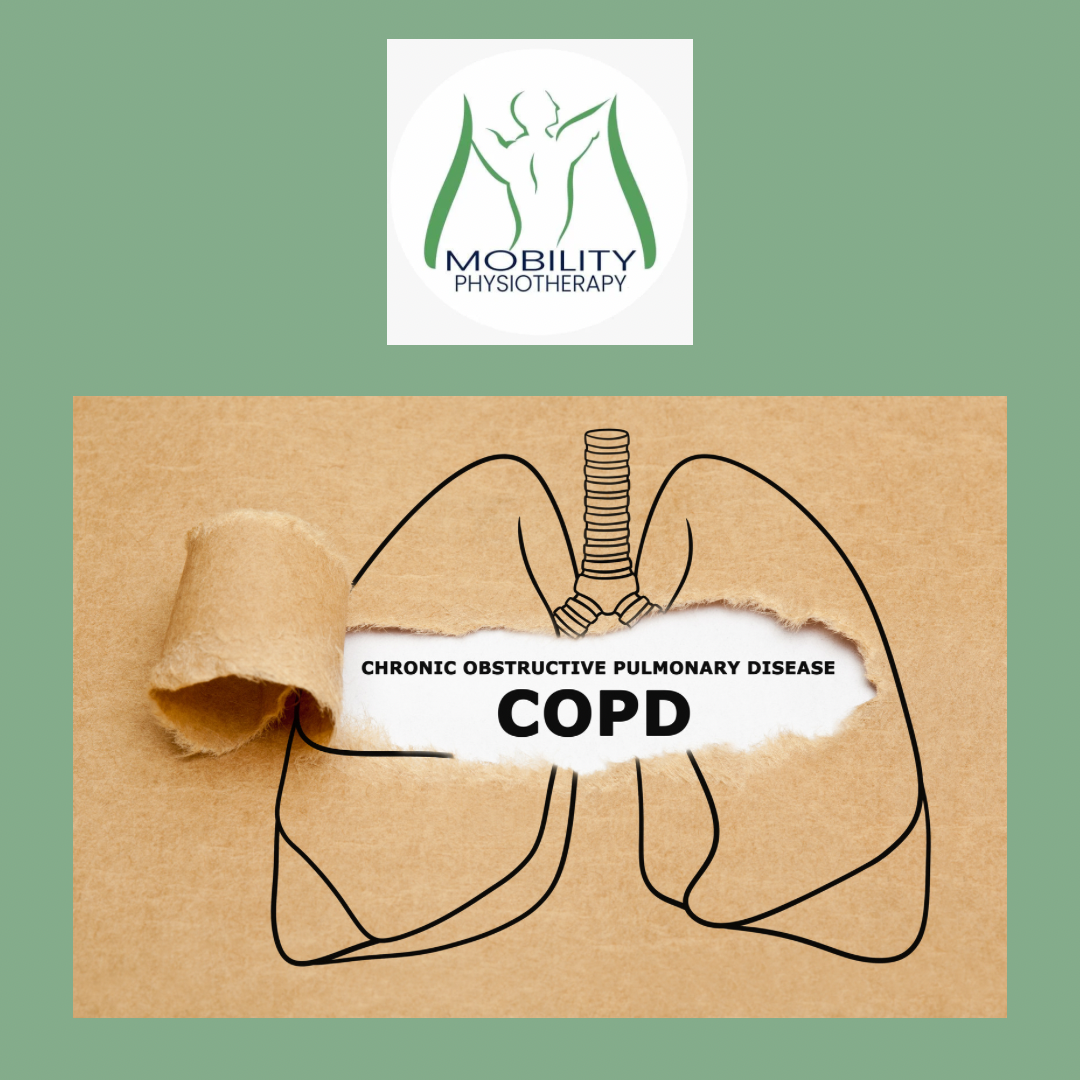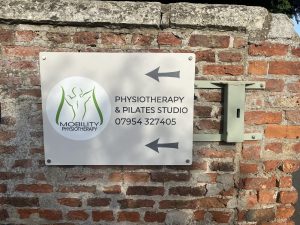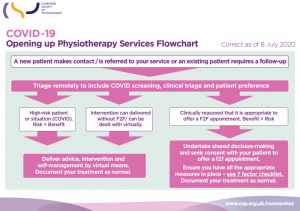Have you recently had a diagnosis of COPD or been living it’s the condition for a while now? Are you wanting to know more about the condition and how to help manage the symptoms?
What is COPD and the symptoms?
COPD stands for chronic obstructive pulmonary disease, meaning it is a progressive lung condition causing increased phlegm and breathlessness. Some of the symptoms of COPD can include coughing, wheezing, shortness of breath, feeling of a tight chest and frequent chest infections.
What are the causes?
COPD is most commonly caused by long term exposure to irritants that can cause damage to the lungs. These could be cigarettes smoke, air pollution, chemical fumes. COPD can also be a genetic condition due to a deficiency in a protein called alpha-1 antitrypsin, which’s role is helping protect the lungs from damage.
How is COPD diagnosed?
COPD is typically diagnosed by a combination of medical examination and history along with lung function tests. Lung tests can include spirometers, where you blow into a tube to measure how much air you can exhale. This test is performed due to people with COPD have difficultly exhaling all the air out of their lungs and then causes people to feel breathless/ short of breath.
Treatment for COPD?
Physiotherapy treatment can be an effective way for improving lung function and help to manage symptoms associated with COPD. A physiotherapist can teach and guide you through specific breathing techniques and airway clearance techniques, helping to manage breathlessness/ shortness of breath and phlegm retention.
With everyone’s experience with COPD being different, physiotherapist can create an individualised plan to help manage your symptoms and work towards your specific goals and needs. We can work towards building up exercise tolerance and helping with pacing techniques to better manage breathless on a daily activity.





 This page contains the current position that Mobility Physiotherapy Limited is taking based on the latest government and our professional body guidance to ensure the health and safety of our patients.
This page contains the current position that Mobility Physiotherapy Limited is taking based on the latest government and our professional body guidance to ensure the health and safety of our patients.




